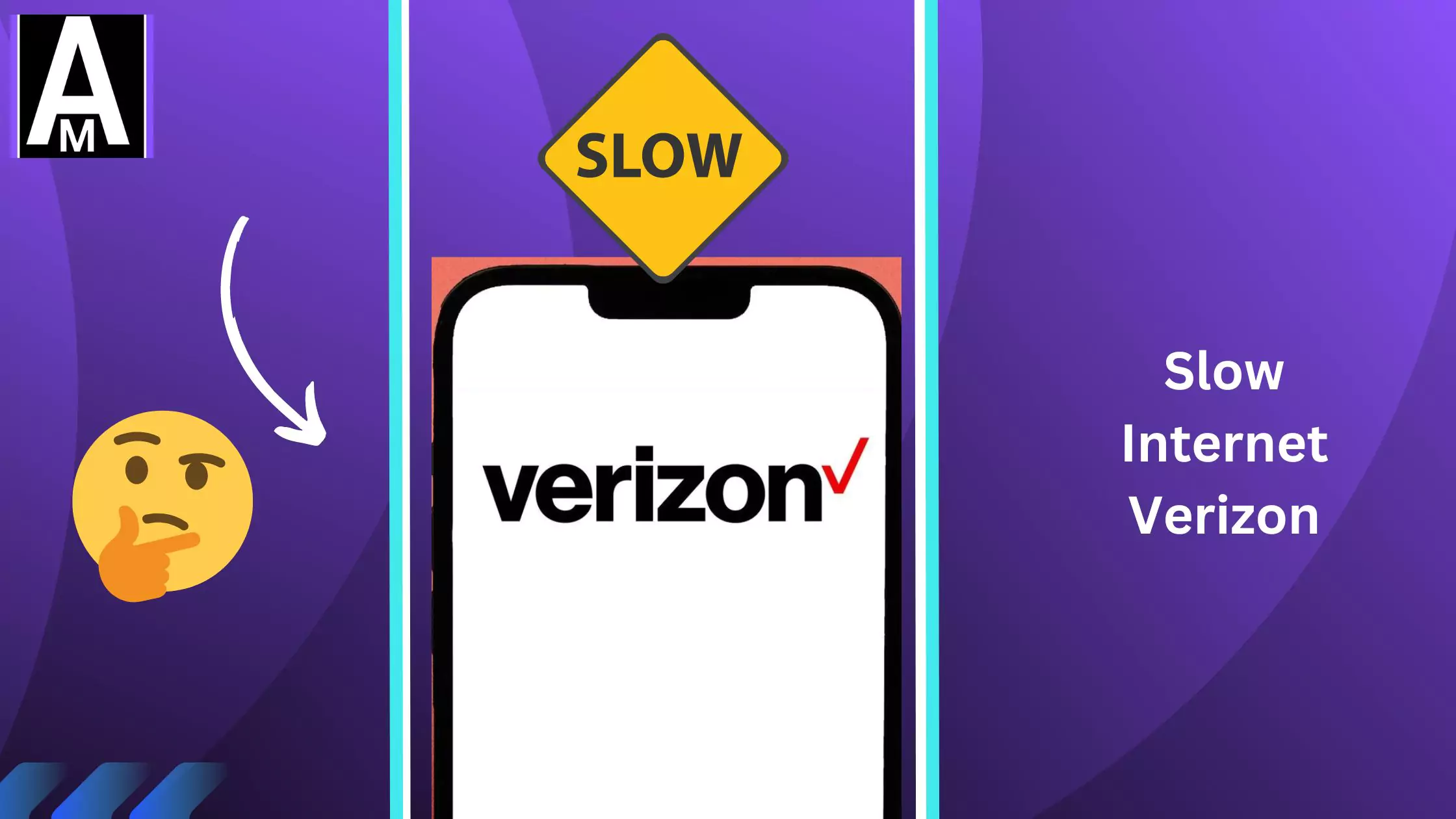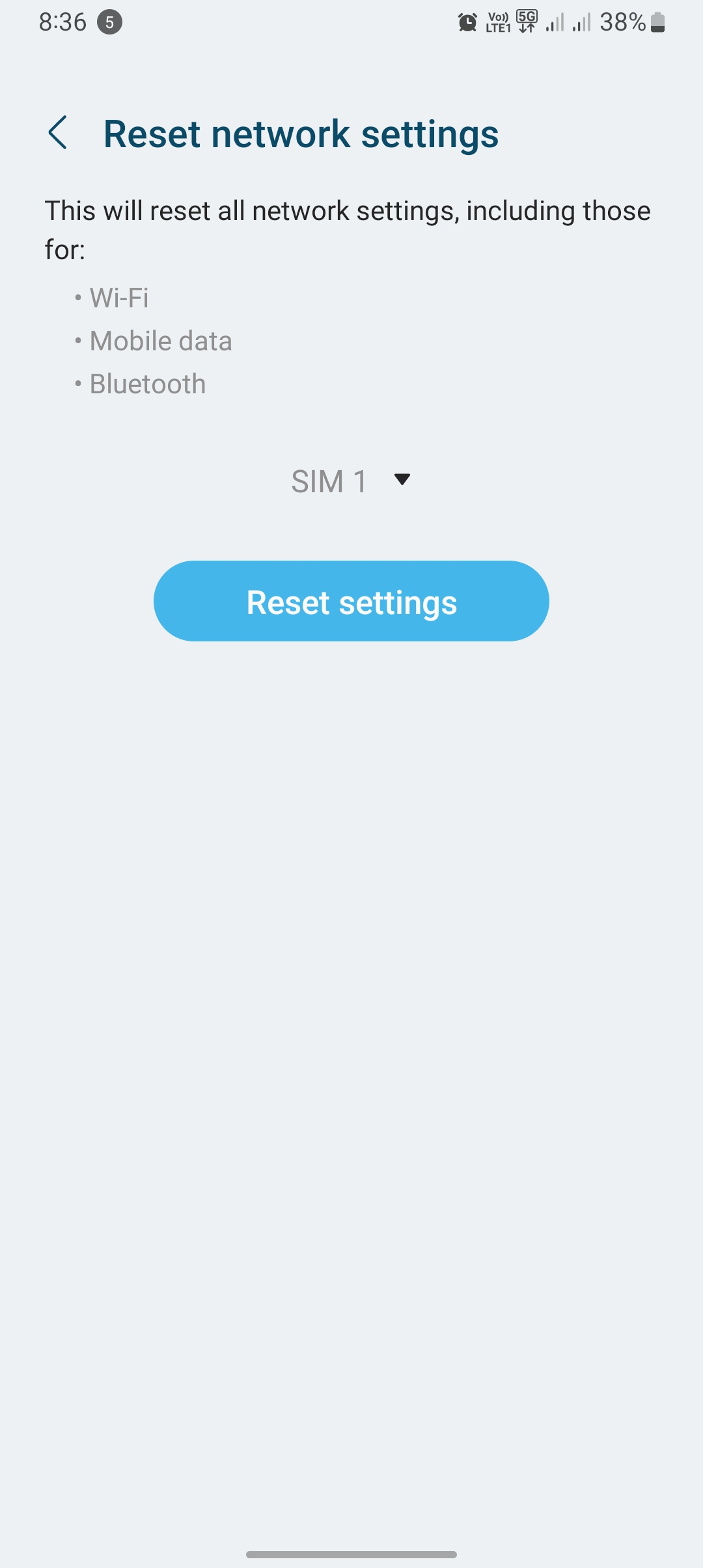Millions of Americans rely on Verizon for their internet and mobile data needs. However, many users have reported experiencing slow speeds, causing frustration and hindering productivity. This article explores the various factors contributing to slow speeds on Verizon’s network and provides potential solutions and recommendations.
Why Is It Slow?
In recent years, Verizon has faced increasing criticism regarding slow internet and data speeds. Users report experiencing buffering pauses while streaming videos, difficulty downloading large files, and slow loading times for websites. This has led to widespread dissatisfaction among customers, particularly in densely populated areas.
How to Fix Verizon Being Slow

Fix 1: Reset APN Settings

The first fix I typically try is to reset the APN settings on my device. Here’s how I do it: I go into the network settings and delete the existing APN profile for Verizon. Then I create a new one and input Verizon’s default APN settings. This refresh of the settings seems to help in many cases when my Verizon connection is sluggish.
Fix 2: Restart Your Device Thrice

If that doesn’t work, the next troubleshooting step I take is to restart my device three times in a row. I’ve found that cycling the power like this can give sluggish connections a kickstart. After each restart, I check if Verizon is still being slow before doing another reboot.
Fix 3: Reset Network Settings

Another fix I recommend is to reset your network settings. On most devices, you can find this option in the network or general settings menu. What this does is erase all network connections and settings so they can be built again from scratch. In my case, this has resolved issues with slow Verizon performance.
Fix 4: Report this to Verizon Support
If I’m still experiencing slow speeds after trying those fixes, I reach out to Verizon support to report the issue. I’ve found the technicians can run diagnostics on their end and possibly provision my device to improve connectivity. When I did this, they were able to fix my slow speeds in a matter of minutes.
Fix 5: Toggle Airplane Mode

Finally, if all else fails, I toggle airplane mode on and off a few times. Turning airplane mode on forces the device to disconnect from the network. Then when you switch it off, it has to completely reconnect. Essentially it serves as a power cycle for cellular connectivity and wireless radios. It worked for me as a last resort when Verizon was slow.
Factors Contributing to Why Verizon So Slow Speeds?
Network Congestion Creates Bottlenecks
In my experience, there are a few key reasons why you might see slow data speeds on Verizon’s network. As a Verizon customer myself, I have encountered some of these issues firsthand.
One major factor is network congestion. As more and more people use data-intensive apps and services on their phones, it can overload Verizon’s network capacity in certain areas. In my case, I often experience much slower speeds when I’m out at big events with thousands of people, all trying to upload videos and photos at the same time. The sheer volume of data traffic just bogs everything down.
Data Throttling Slows Speeds
Another thing I’ve dealt with is throttling after exceeding my data limit for the month. When this happens, Verizon intentionally slows my data speeds. While I understand they do this to manage traffic, it can be very frustrating when I still need to use data but everything is extremely sluggish. Based on conversations with other Verizon users, it seems throttling is a common occurrence after passing a certain threshold.
Rural Areas Have Spotty Coverage
Coverage and location play a role as well. In rural areas where I have family, Verizon’s 4G LTE coverage is spotty, leading to painfully slow speeds. And even in cities, network performance varies from block to block. I recommend checking coverage maps before signing up with Verizon or any carrier if speed is a high priority for your usage.
Outdated Phones Struggle with Newer Networks
Outdated device hardware and software have also contributed to slower speeds in my experience. Once my iPhone got over 2 years old, I noticed web pages and videos taking longer to load. Upgrading to a newer iPhone vastly improved speeds due to better compatibility with Verizon’s advanced LTE network protocols.
So in essence, network congestion, throttling, spotty coverage, and old devices have been the primary culprits behind slower Verizon speeds in my case. Checking their latest coverage maps and upgrading phone hardware has helped mitigate some of these issues for me personally. However, network overload during major events remains an unavoidable issue. Hope sharing my experiences gives some insight if you’re considering Verizon and relying on fast data!
Quick Summary
- Network Congestion: Increased data usage and limited network capacity lead to congestion, resulting in slower speeds.
- Hardware and Software Issues: Outdated equipment and software on cell towers and base stations can impact performance.
- Throttling and Data Prioritization: Verizon throttles data after exceeding a certain limit, impacting speed for some users.
- Coverage and Location: Network coverage varies significantly across regions, affecting signal strength and speeds.
- User-Specific Issues: Individual usage habits, outdated devices, and background apps can contribute to slow performance.
Conclusion
That’s it for the blog post today, I hope you enjoyed it today. I know you are worried about the fact that you cannot use your phone or devices because of it. Personally, when I see cases like this, I try to follow all the steps that I have shown you above.
That’s it for the blog post today. I hope you enjoyed it. If you face any other issues related to it, then comment on it, or contact us. Or even you can give feedback.
If you have any questions or doubts let us know in the comment section or contact us.

